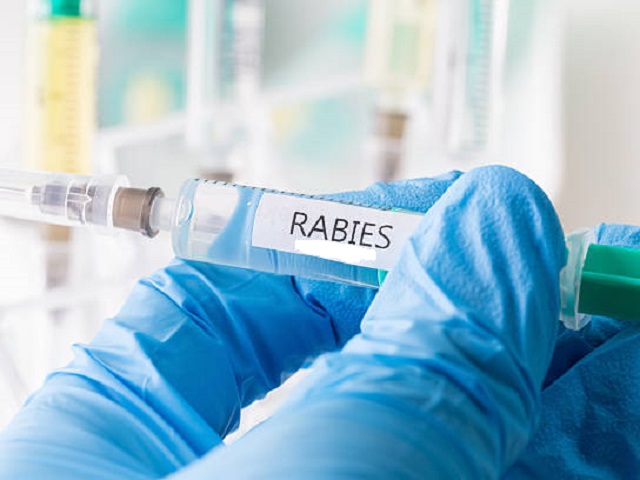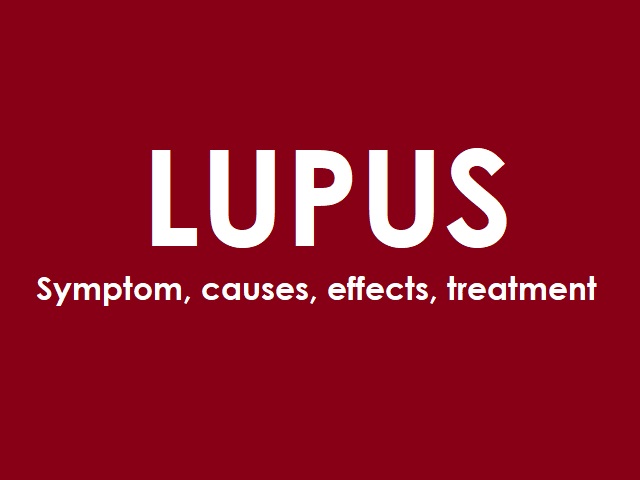Critical Signs that You May Have Rabies -- Symptoms, Causes, Effects, Treatment and Prevention
Rabies is a deadly viral disease that affects the central nervous system of mammals, including humans. It is primarily transmitted through the bite or scratch of an infected animal, most commonly dogs, bats, raccoons, and foxes. Rabies is preventable through vaccination, but it is a serious condition that requires immediate medical attention.
Symptoms of Rabies:
The symptoms of rabies can vary, but they typically progress in three stages:
- Prodromal stage: This stage is characterized by non-specific symptoms such as fever, headache, fatigue, and discomfort at the site of the animal bite.
- Furious stage: In this stage, the infected individual may experience hyperactivity, agitation, hallucinations, and aggressive behavior.
- Paralytic stage: The final stage involves muscle weakness, paralysis, and eventually coma, leading to death.
Causes of Rabies:
Rabies is caused by the rabies virus, which is primarily transmitted through the bite or scratch of an infected animal. The virus enters the body through broken skin or mucous membranes and travels to the brain and spinal cord, leading to the characteristic symptoms of the disease.
Effects of Rabies:
Rabies can have severe effects on the nervous system and overall health. Without prompt medical intervention, rabies is almost always fatal. The virus attacks the central nervous system, leading to inflammation of the brain (encephalitis) and spinal cord, which can result in neurological damage and ultimately death.
Treatment of Rabies:
Treatment for rabies includes:
- Post-exposure prophylaxis (PEP): Immediate treatment after an animal bite or scratch involves thoroughly cleaning the wound and administering rabies vaccine and rabies immunoglobulin to prevent the virus from spreading.
- Supportive care: Once symptoms develop, there is no specific treatment for rabies. Supportive care focuses on managing symptoms and providing comfort.
Prevention of Rabies:
Prevention of rabies primarily involves:
- Vaccination: Vaccinating domestic animals, such as dogs and cats, helps prevent the spread of rabies. Additionally, pre-exposure vaccination is recommended for individuals at high risk of exposure, such as veterinarians and laboratory workers.
- Animal control: Stray and wild animal populations should be controlled to minimize the risk of human exposure to rabies.
- Awareness and education: Public awareness campaigns and education about the risks of rabies and proper animal bite prevention measures are essential in preventing the disease.
References:
World Health Organization. (2021). Rabies. Retrieved from https://www.who.int/news-room/fact-sheets/detail/rabies
Centers for Disease Control and Prevention. (2021). Rabies. Retrieved from https://www.cdc.gov/rabies/index.html














